XYLELLA FASTIDIOSA: A PROBLEM FOR ALL
Xylella was first intercepted in Apulia in 2013 and has led to the desiccation of more than 21 million olive trees
Xylella fastidiosa has been listed as one of the major phytosanitary problems throughout the Mediterranean region and continues to advance very rapidly.
Xylella fastidiosa. What is it?
Xylella Fastidiosa is a bacterium presumably arrived from South America, which leads to the drying out and death of olive trees: what it does is blocking the xylem vessels of the plant, i.e. the ‘veins’ that supply the tree with necessary nutrients. With the vessels blocked, the tree slowly dries out and eventually dies.
The bacterium does not only attack olive trees: many plant species, including fruit plants of great agro-economic interest belonging to the Vitis and Citrus genus, as well as almond, peach and oleander, can be attacked by Xylella. Moreover, the bacterium has a great recombinant force, making its progress and evolution unpredictable.

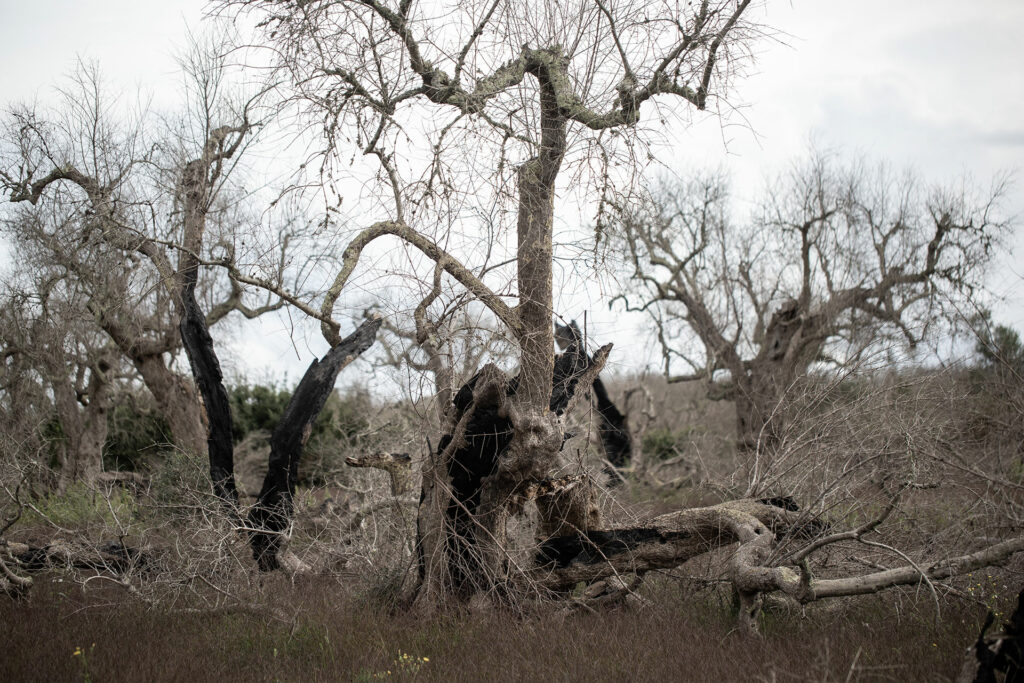
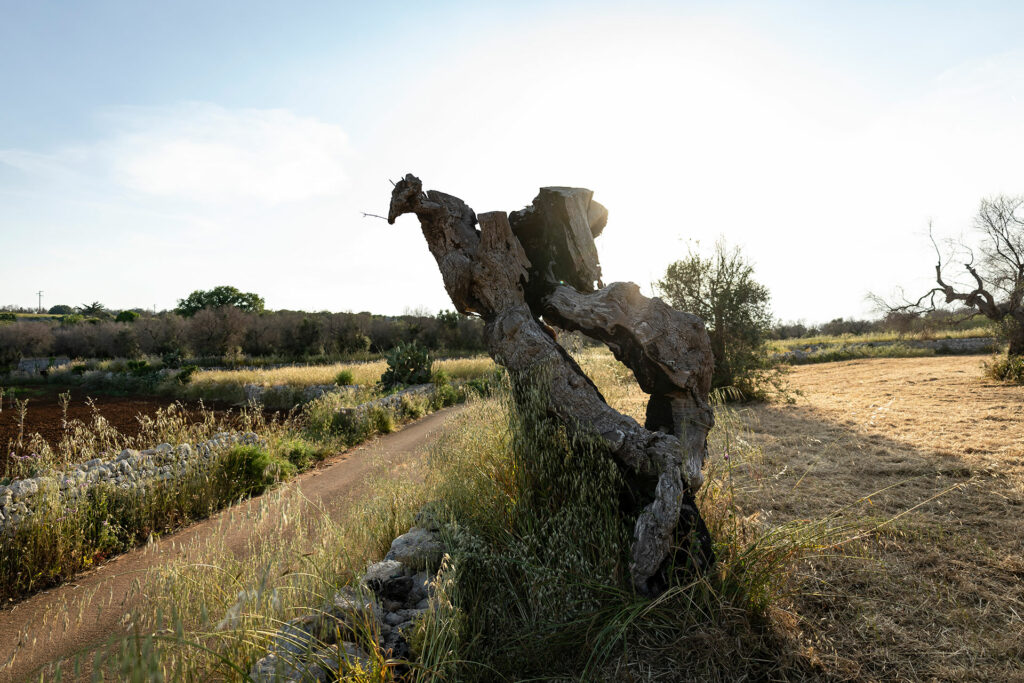
How does it spread?
Xylella is carried by a small vector insect: Filenus Spumarius, commonly called spittlebug, is the main cause of the exponential spread of Xylella Fastidiosa in the provinces of Lecce, Brindisi, Taranto and now Bari. According to recent research, other insect species have also been found to be carriers of the bacterium.
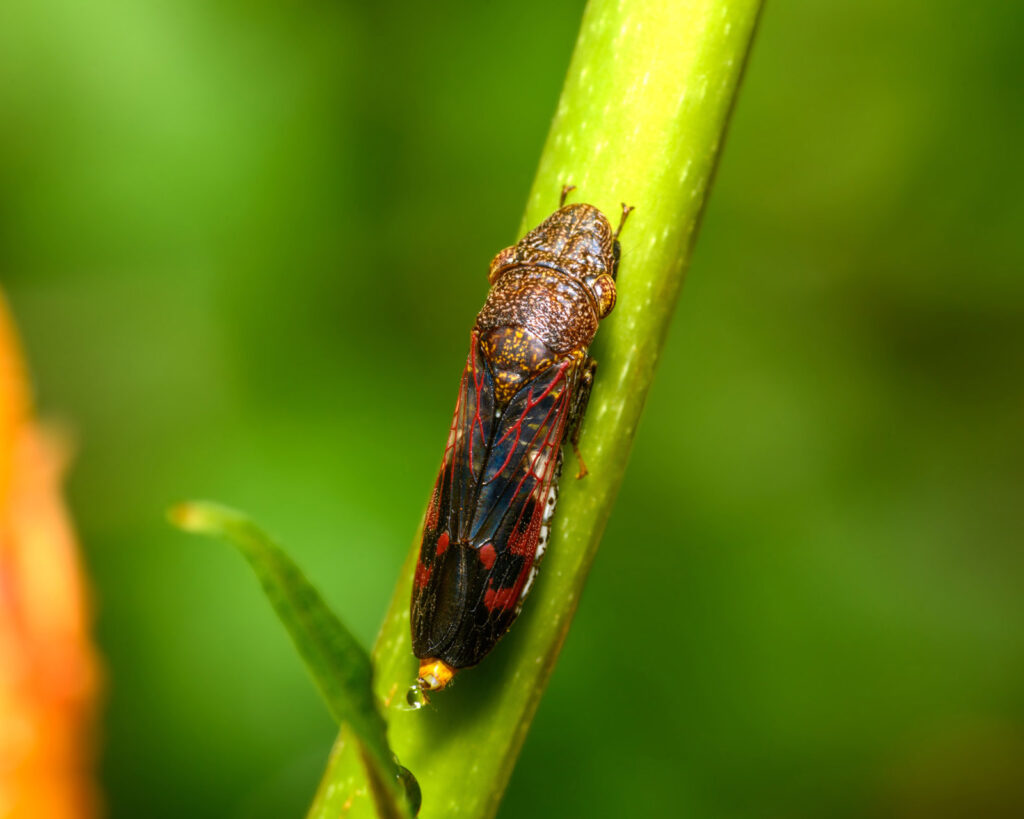
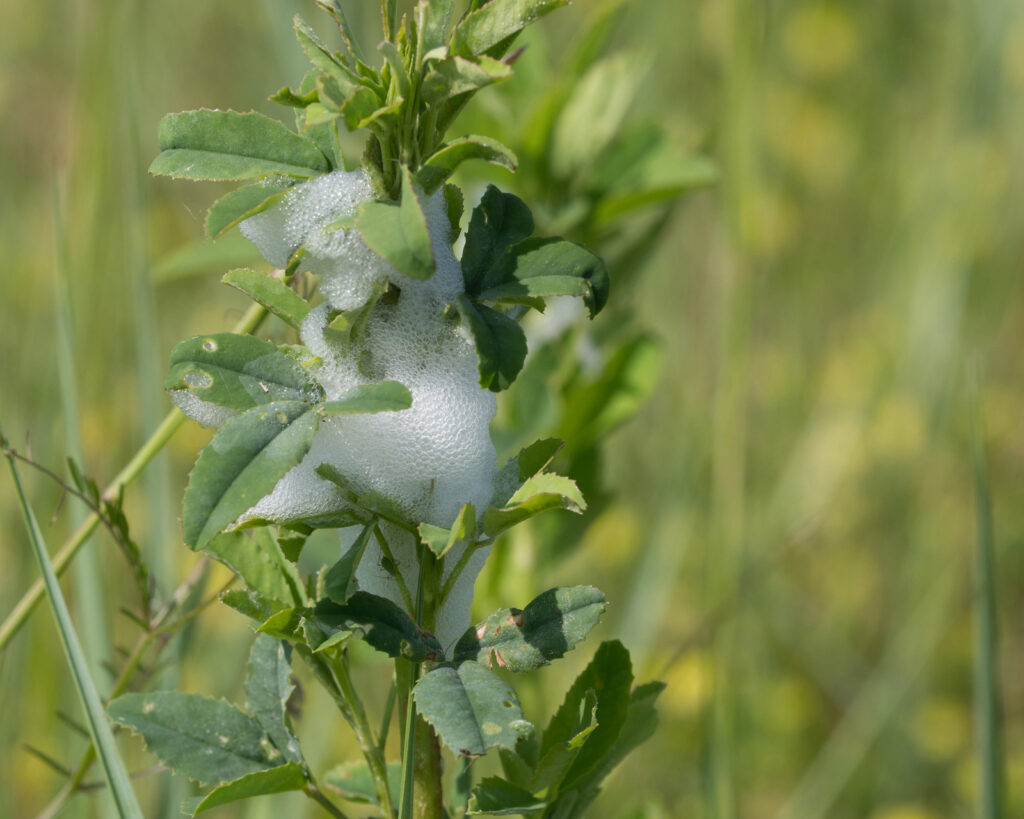
Where does it spread?
Officially introduced to Italian territory in 2013, within two years it had already spread to over 230,000 hectares of land. Xylella arrived in Gallipoli, in south-eastern Italy, and is now moving northwards across the whole Apulia.
To date, the bacterium’s advance is estimated at about 20 km per year towards the north of Italy.
Unfortunately, Xylella has already crossed borders, infecting parts of Spain and Corsica in France. This makes it not only an Italian problem but a Mediterranean problem that is spreading very rapidly.
Today, 2025, the advance of the bacterium has slightly slowed down its rise northwards thanks to good agronomic practices and the many containment actions undertaken. However, the general situation remains of maximum alert, as depicted in the map.
Consultazione Dati Zone Delimitate – Fenomeno Xylella Fastidiosa
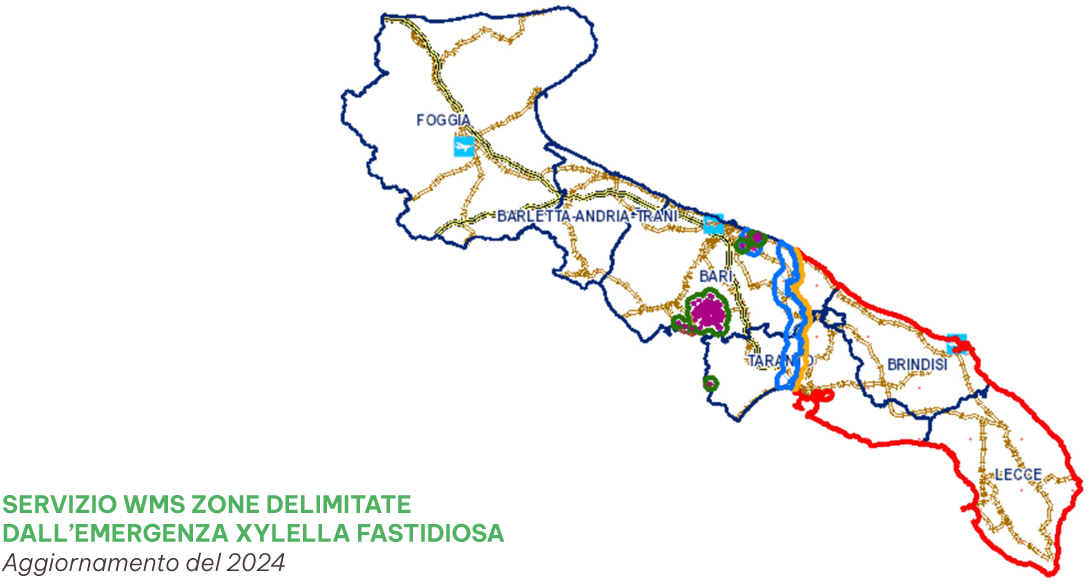
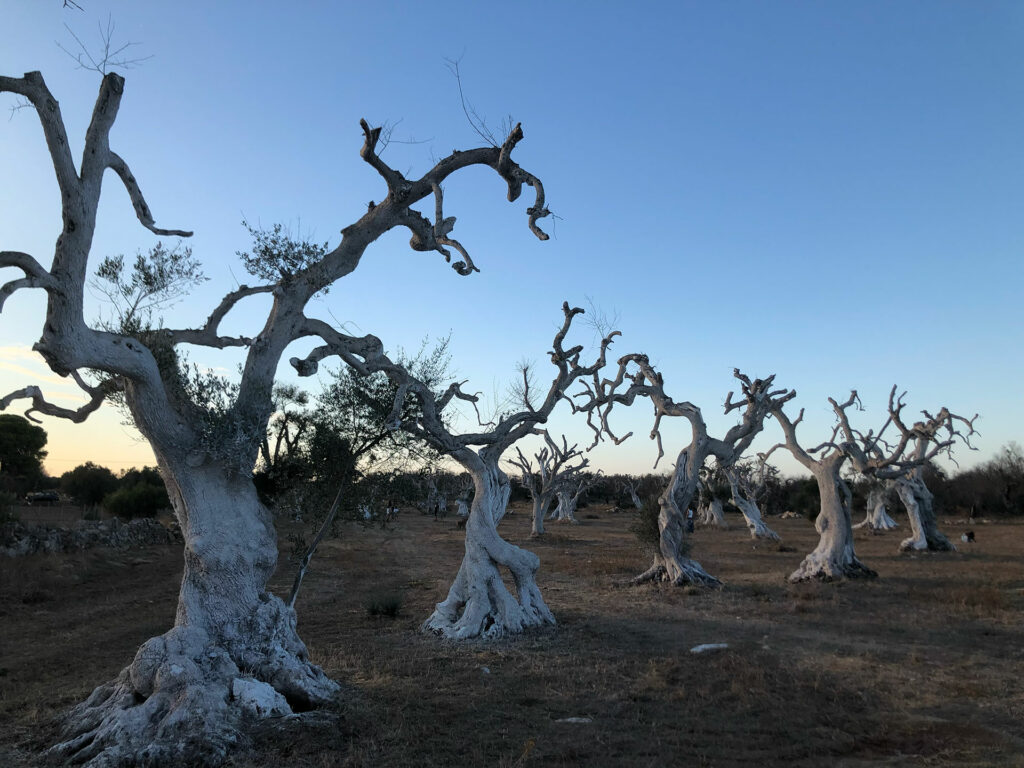
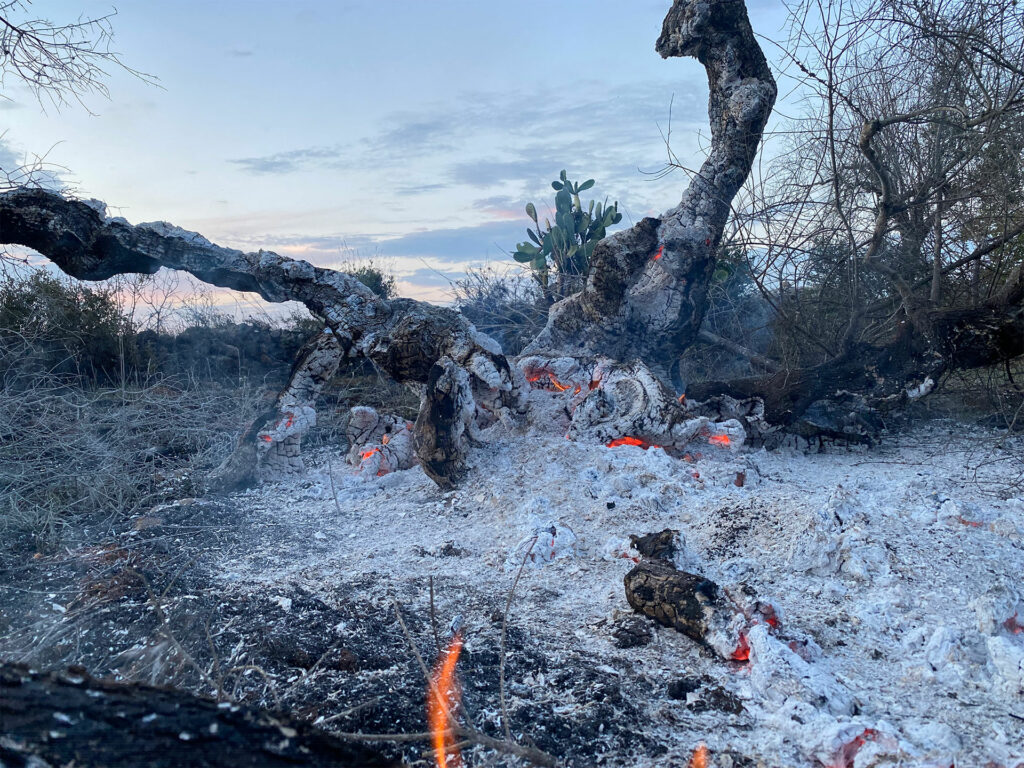
Help us to support research with a donation
In the ADOPT section you can adopt a monumental olive tree or make a free donation.
Every contribution is valuable!
To make a donation by bank transfer, you must send payment indicating “Save The Olives Donation” as the reason for payment
IBAN – IT 80 R 05262 80110 CC0210240260
SWIFT CODE – BPPUIT33
Banca Popolare Pugliese – Filiale di Tricase